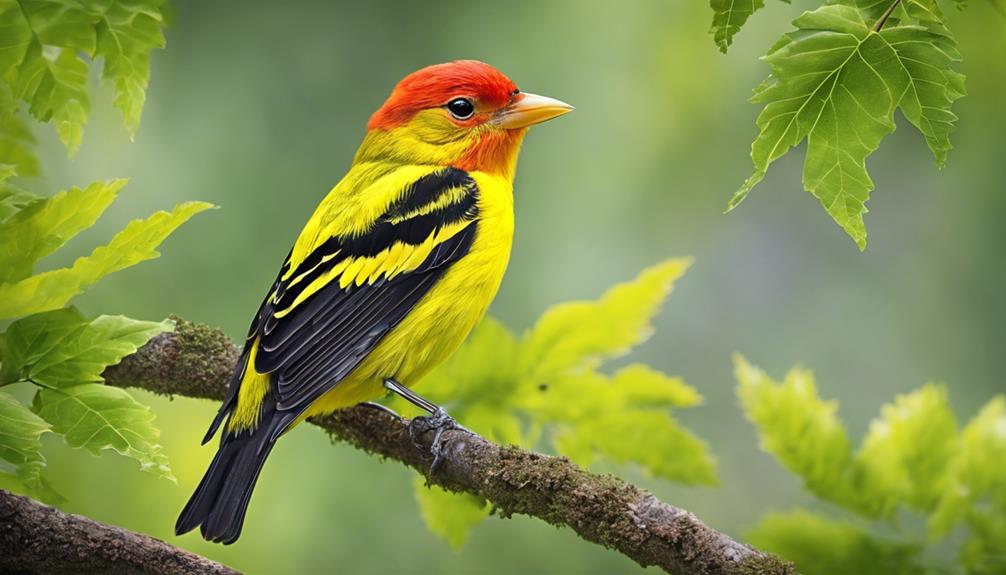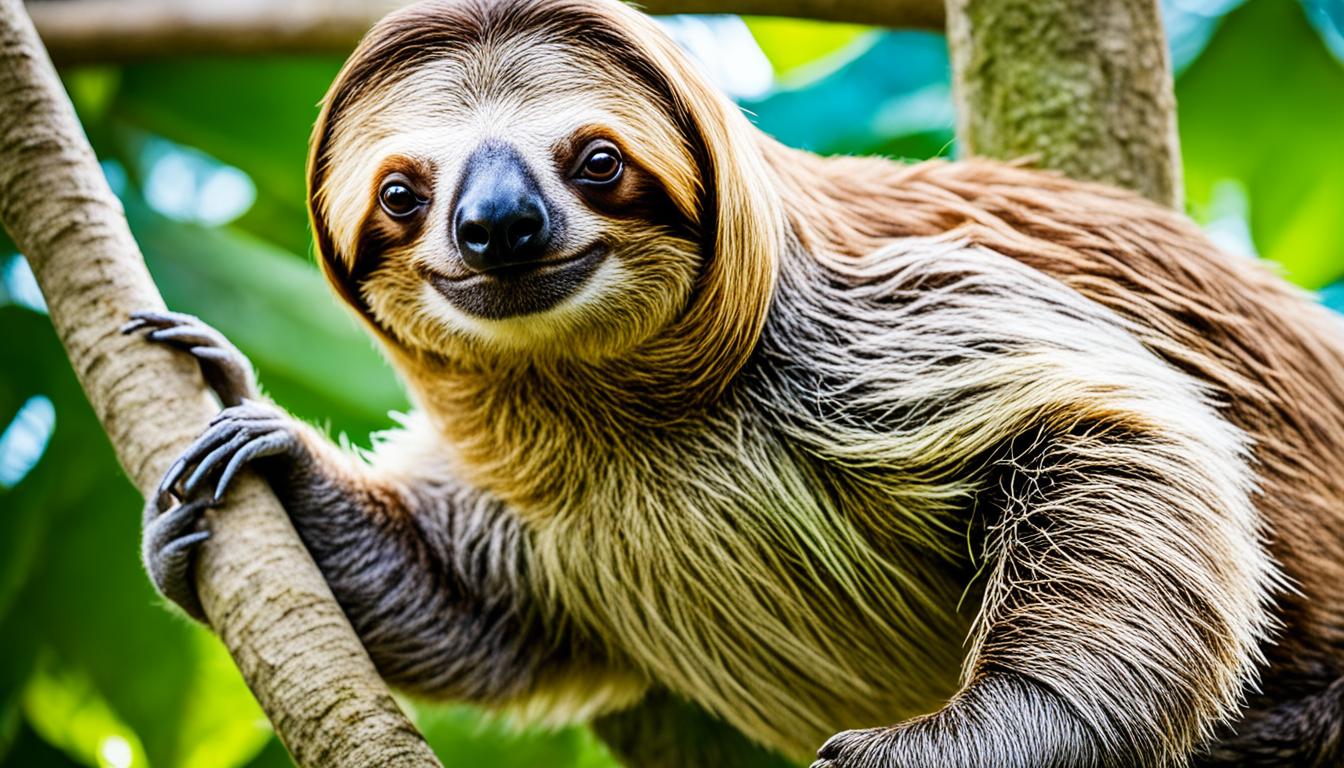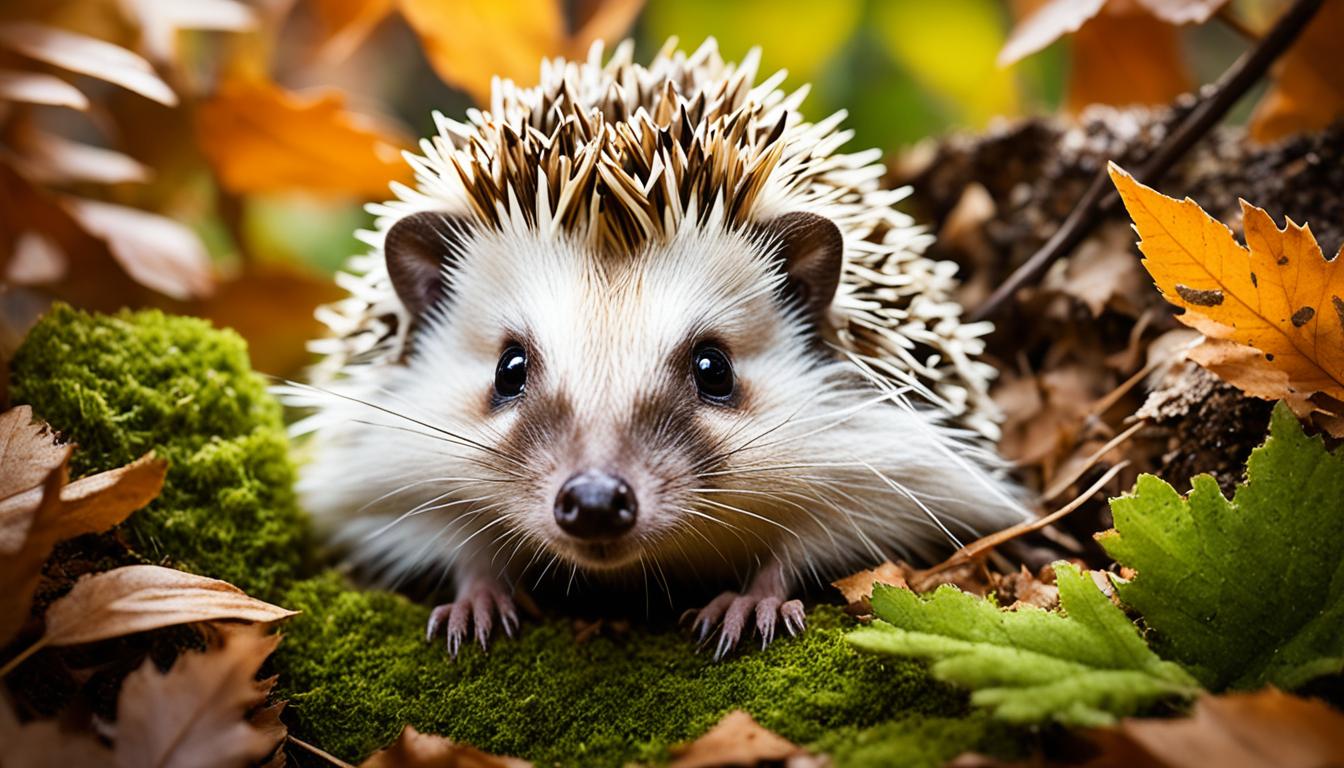When you head out with your field guide in hand, get ready to come across a diverse range of birds, from the impressive bald eagle to the small hummingbird. Each type has its own special traits and behaviors, making birdwatching in Oregon a thrilling and fulfilling adventure. By being patient and observant, you may catch sight of rare and elusive species, expanding your knowledge of birds and creating lasting memories of your time spent in Oregon’s breathtaking landscapes.
Key Takeaways
- Utilize a reliable field guide specific to Oregon's bird species for detailed information on colors, behaviors, and habitats.
- Focus on key features like color patterns, beak shapes, and unique markings for accurate bird identification.
- Listen to bird calls and songs, observe eye rings, wing bars, and tail patterns for successful identification.
- Join birdwatching groups and use apps and visual cues for enhanced identification skills.
- Explore birding hotspots like Malheur National Wildlife Refuge and Cape Blanco for a diverse avian experience in Oregon.
Birdwatching Essentials in Oregon
When birdwatching in Oregon, one must prepare with the essential tools and knowledge to maximize the experience of observing the diverse avian species in this region. A reliable field guide specific to Oregon's bird species is a fundamental tool for enthusiasts. This guide provides detailed information on various bird species, their colors, behaviors, and habitats. It includes identification tips, photographs, and range maps to aid in accurate bird identification. The field guide serves as a companion, helping us navigate the vast array of birds we may encounter in Oregon's varied landscapes.
Understanding the nuances of each bird species is crucial for an enriching birdwatching experience. With the aid of a quality field guide, we can delve into the intricate details that distinguish one species from another. The guide enhances our ability to appreciate the unique characteristics of Oregon's birds, making our observations more fulfilling and educational. In essence, a reliable field guide is an indispensable resource for any birdwatcher exploring the avian wonders of Oregon.
Common Bird Species in Oregon
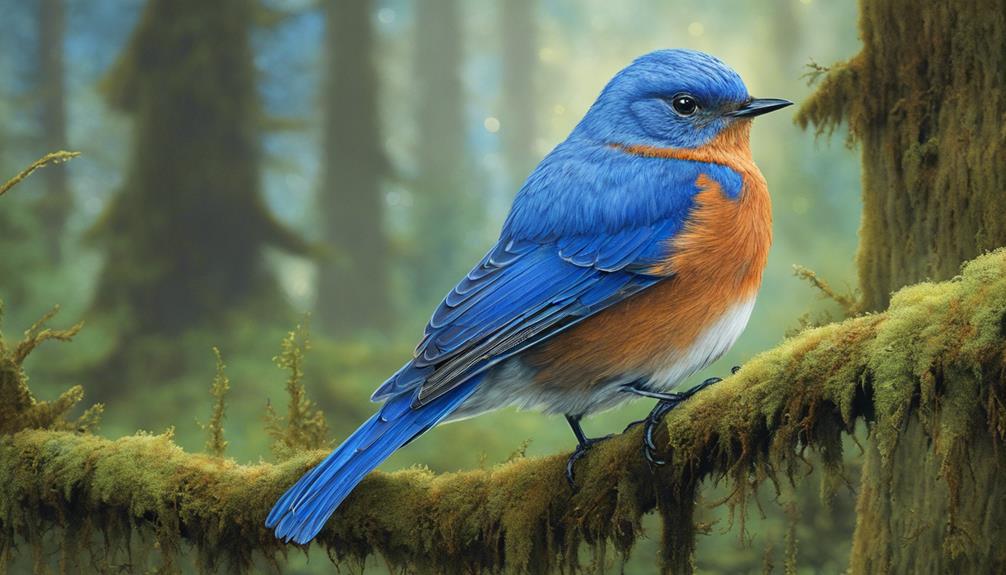
In Oregon, a multitude of common bird species can be observed throughout its diverse habitats, ranging from the Western Meadowlark to the Anna's Hummingbird and the American Robin. These species thrive in various environments, showcasing the rich avian diversity of the state. The Western Meadowlark, with its melodic song and striking yellow plumage, is often seen in grasslands and agricultural fields. Anna's Hummingbird, known for its iridescent green feathers and agile flight, frequents gardens and wooded areas. The American Robin, a familiar sight with its red breast and cheerful chirps, can be spotted in urban parks and suburban neighborhoods. To highlight the common bird species in Oregon, the table below summarizes their key features:
| Common Bird Species | Habitat | Notable Features |
|---|---|---|
| Western Meadowlark | Grasslands | Melodic song, yellow plumage |
| Anna's Hummingbird | Gardens, Woodlands | Iridescent green feathers |
| American Robin | Urban areas, Suburbs | Red breast, cheerful chirps |
These species, along with others like the Varied Thrush, enrich Oregon's birding experience, especially in renowned hotspots such as Malheur National Wildlife Refuge and Columbia River Gorge.
Tips for Bird Identification
Exploring the intricate details of bird features, such as color patterns, beak shapes, and unique markings, plays a vital role in effectively identifying different bird species. When identifying birds in Oregon, paying attention to distinctive markings like eye rings, wing bars, and tail patterns can be particularly helpful. Additionally, listening to bird calls and songs is essential, especially when visual cues are limited. Utilizing resources such as field guides, like the Oregon Field Guide, or bird identification apps can aid in comparing features for accurate identification.
In the field, observing the size and shape of birds is crucial. Look for visual cues that distinguish species from one another. For example, if you come across a yellow bird, focus on specific characteristics like its beak shape and any distinctive markings it may have. To enhance your skills, consider visiting birding hotspots or joining local birdwatching groups where you can learn from experienced birders. By incorporating these tips into your birdwatching routine, you'll become more adept at identifying the diverse bird species that call Oregon home.
Birding Hotspots in Oregon
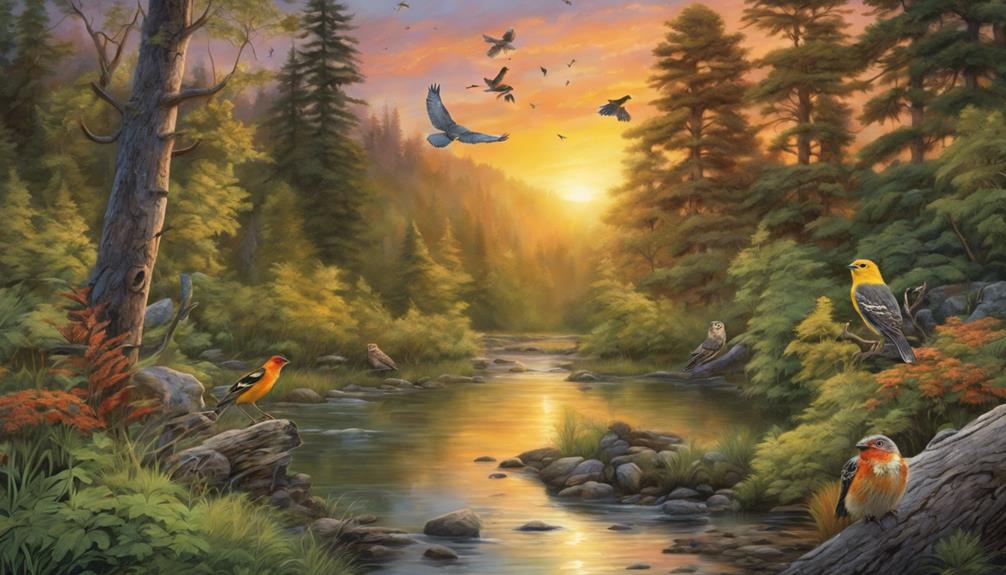
Nestled within the diverse landscapes of Oregon are several key birding hotspots that attract a wide array of bird species throughout the year. When exploring Oregon's birding opportunities, three standout locations come to mind:
- Malheur National Wildlife Refuge: Situated in the eastern part of the state, Malheur National Wildlife Refuge is a haven for waterfowl, raptors, and songbirds. Its diverse habitats, including wetlands and grasslands, provide a rich environment for observing various Oregon bird species.
- Cape Blanco: Located on the rugged Oregon coast, Cape Blanco offers birdwatchers the chance to witness seabirds, shorebirds, and migratory birds along their journey. The combination of coastal cliffs, sandy beaches, and meadows makes Cape Blanco a prime spot for birding enthusiasts.
- Pacific Flyway: Oregon's position along the Pacific Flyway ensures a constant flow of migratory birds passing through the state. Birders can witness a dynamic mix of species as they travel along this important migration route, adding to the excitement of birding in Oregon.
These hotspots not only provide excellent birding opportunities but also showcase the beauty and diversity of Oregon's avian residents.
Resources for Oregon Birders

Amidst the varied landscapes of Oregon, birders have access to a wealth of resources to enhance their birdwatching experiences. One valuable tool for bird identification is the Pocket Naturalist® Guide on Oregon Birds, which features 140 bird species commonly found in Oregon.
This guide includes an eco-region map pinpointing bird-viewing areas across the state, making it easier for birders to locate different species in their natural habitats. The guide's lightweight, laminated design ensures durability in the field, perfect for beginners and seasoned birdwatchers alike. Priced at $7.95, with discounts available for bulk orders, this field guide is an affordable option for all levels of birders interested in Oregon birds.
Additionally, the guide offers insights into various species, including the elusive yellow bird. For those seeking more in-depth information, resources by renowned naturalist Stan Tekiela provide detailed species accounts, range maps, and expert tips on bird identification within Oregon's distinct eco-regions. By utilizing these resources, birders can make the most of their birdwatching adventures in Oregon.
Frequently Asked Questions
How Do You Learn How Do You Identify Birds?
When identifying birds, we learn through observation, study, and practice.
By familiarizing ourselves with field guides, joining birding groups, utilizing online resources and apps, attending workshops, and actively birdwatching in diverse habitats, we enhance our skills.
This holistic approach allows us to develop a keen eye for details, recognize bird behaviors, and become proficient in identifying various bird species accurately.
What App Can I Use to Identify Birds?
We use the Merlin Bird ID app for bird identification. It employs AI technology to match bird species based on photos and descriptions.
The app offers insights into bird behavior, habitats, and birdwatching tips. It covers a broad range of bird species, including those common in Oregon.
User-friendly and perfect for beginners, it aids in identifying birds accurately.
How Do I Identify a Bird in My Backyard?
When identifying a bird in your backyard, pay attention to its physical characteristics like color, size, and markings.
Listen closely to its call or song, as each species has a unique vocalization.
Observe the bird's behavior, such as feeding habits and flight patterns, for clues to its identity.
Using a field guide specific to your region can also be helpful.
And don't forget to note the bird's habitat preferences, as they can point you towards the right species.
What Are the 5 Ways to Identify Birds?
When identifying birds, we focus on size, shape, color, calls, behavior, and habitat. Each aspect provides essential clues to determine the species.
By observing these characteristics, we can confidently identify the bird in question. It's a fascinating process that requires patience and keen observation skills.
Can I Use the Same Bird Identification Techniques for Maine Birds as I Would for Oregon Birds?
When you start bird watching in Maine, it’s essential to note that bird identification techniques for Maine birds may differ from those for Oregon birds. Factors such as the region’s specific bird species, habitats, and environmental conditions can all play a role in how you identify and observe local birds.
Conclusion
In conclusion, birdwatching in Oregon is a delightful and enriching experience. With the right tools and knowledge, identifying the diverse bird species in the state becomes an enjoyable challenge.
Remember to keep your binoculars handy, practice your calls, and always be prepared for unexpected surprises in the world of avian wonders.
So, grab your field guide, head out to the nearest birding hotspot, and let the feathered friends of Oregon captivate your senses with their beauty and charm. Happy birding!
